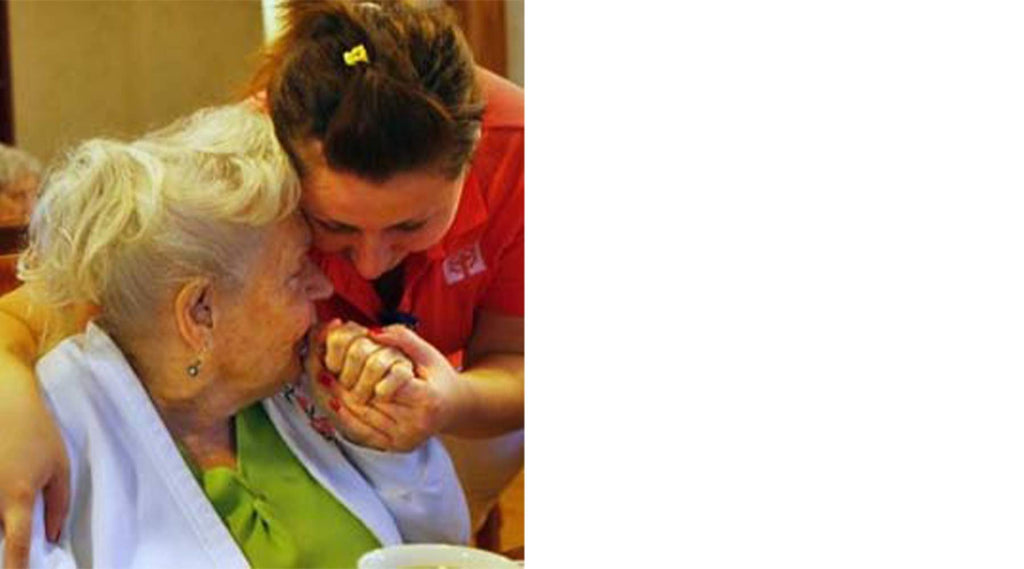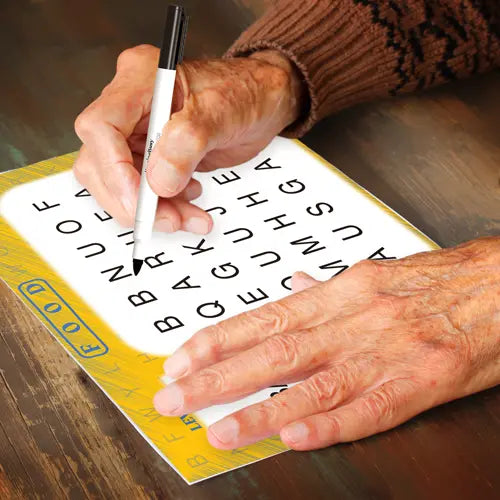
We often hear about “Person Centered Care” in the media and from healthcare professionals, but what does it actually mean? What is person centered care in dementia? In terms of an actual definition, I like this one from University of Buffalo Institute for Person‐Centered Care, The State University of New York the best:
"Person Centered Care encourages the highest level of quality of life and seeks to put the person ahead of the task while creating an environment that promotes a true quality of life regardless of physical or cognitive condition, wherever services are received or people reside."
Having said that, the question remains. What exactly is Person Centered Dementia Care? I think that the phrase “to put the person ahead of the task” is key. Our goal as caregivers, both family and professional, is not to ensure that the person in our care does something just because they “are supposed to” (other than some safety and health issues, of course). Rather, it is to enable them to be as independent as possible, make as many of their own choices as possible and have the opportunity to be engaged in meaningful activity and interactions. This is the “quality of life” referred to in the definition.
It is understanding that most times the action of someone with de mentia are as a result of something that has happened (or not happened), rather than just a random (or malicious) act. There is a reason behind the behaviour and it is our job as caregivers to ask why, and find the reason. For some people this is not intuitive and the essential meaning alludes them. It is, after all, a different way of thinking.
Someone who wanders into other people’s rooms, for example, is probably not doing it just to be bothersome or cause problems. It is much more likely that there is a reasonable explanation for the behaviour such as needing to go to the washroom, thinking that they recognize the person in the room, or perhaps it used to be the person’s room. It can even be a result of simple boredom, due to lack of engagement and stimulation.
Another part of our jobs as person centered dementia care professionals is to identify behaviors that are not adding to the person’s quality of life and help avoid them. For example, I was following up after some training and I noticed a resident in bed with the covers pulled up to their chin, even though it was mid-afternoon. When I asked why, I was told that the resident likes to lie down immediately following each meal, so they are left in bed all day except at mealtimes.
Dementia support workers with a person centered care approach would recognize that staying in bed all day is not adding to the person’s quality of life. It is changing their sleep patterns and keeps them from engaging in activities and social interactions reducing their quality of life, let alone being physically unhealthy. We would look for the reason that they want to stay in bed and attempt to resolve it. Perhaps it is too cold for them, maybe they have pain and are more comfortable in bed, maybe they are trying to avoid another resident for some reason. Our job is to find out why, create a plan to resolve the problem and help the person overcome it.
A key component to providing person centered care in a facility (and even at home) is the Care Plan. This document, when properly implemented, should contain information such as which activities work best (and which don’t work) and why, the best time of day for dementia specific activities and interactions, the person’s likes and dislikes, and how situations have been handled in the past, both successfully and not. The idea is that any caregiver looking at the plan can use the wealth of past experience to help determine the best course of action for the person. Ideally, the dementia Care Plan would also have a loose schedule for the person indicating the types of activities that they enjoy and the time of day that they are most appropriate for the person. While most important in a facility, a care plan can be helpful for home care workers, respite workers and visitors in a home setting dementia care environment.
Implementing a truly person centered care approach in a facility is not easy. Staff must develop a new way of thinking, through training and support from the facility. They have to fully understand the concept and develop the skills necessary to deliver it, but the results are worth it. Once everyone in the circle of care has this goal, everything our residents do would be infused with meaning from first thing in the morning to the last thing at night.




